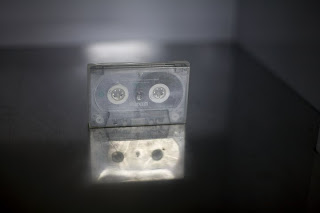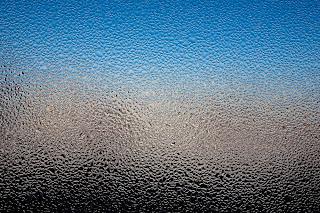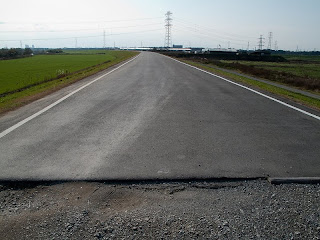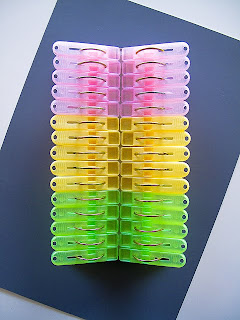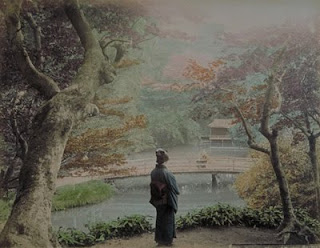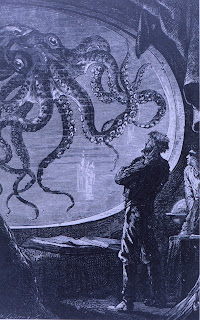Walking the back route down narrow streets to Ōji Station, I pass the house with the orange tree where I once heard somebody playing guitar. I stop and listen for the sounds of any strumming or the sounds of someone thinking about strumming, but there is nothing except silence and the smell of January cold. Then, a vending machine next to me suddenly glows and whirs to life, providing me with a ghostly consolation prize in the possibility of hot beverages. A quick nod of acknowledgment to the machine for its attempt to communicate across the gulf that separates inanimate and animate matter, and I am off towards the park with the miniature fence with a touch keypad lock.
Waiting for me at the entrance to the park, just past the tangle of telephone wires, is a small convention of people with compact dogs wearing winter clothing. One of the dogs—appearing like four uneasy sticks attached to a small sweater—looks about 18% gray and beautifully matches the sky. If I picked up the dog and hurled it into the air, it would abruptly vanish, only to remind us of its presence by the snapping sound of its landing. Across the park heading east, I consider leaping over the fence as I near it, but I speculate about what I will feel once I am on the other side. I might not want to return to where I jumped from or be unable to. It seems that it would be reasonably easy to hop over, but this might be an illusion, some diabolical method of falsely inflating intruder confidence, then snaring them mid-vault. The fact of its impossible smallness only serves to heighten the unknown threat of how it operates. What this fence lacks in height, it more than makes up through fiendishly confusing psychology. I pause for a moment and consider that the rate at which my body ages and shrinks is not so fast to keep me from a potential crossing on my way home from the café. I acknowledge the holding pattern, and I am off.
First, I run over to see that the golfers are busy golfing—and they are—but I am disappointed that the skateboarders are not skateboarding. Wouldn't it be nice if I could hear the bark of their skateboard trucks across concrete curbs and pedestrian handrails in the parking lot? Nevertheless, it is empty, and even if they had only recently departed, it is now impossible to see even the faintest trace of their breath in the air. I hear the sharp claps of clubs hitting balls and the dull thuds of balls hitting nets, but no wheels intermittently crackling and gliding across the tarmac. I circle the parking lot in a holding pattern of my exhalation until an unexpected squawk from a crow atop a garbage can, followed by a quick ding-ding from the nearby Toden Arakawa Line, punctuates the late afternoon and signals that it is time for a warm coffee.
Once inside the nearby café, I am struck, as usual, by the complete lack of separation between the smoking and non-smoking sections. The curls of smoke drift above the masked customers and the waning plants in the center of the circular smoking table, forming sheets of gray cloud cover. I slowly lift my 18% gray card into the haze above our heads, and it promptly vanishes. However, when I lower my arm again, it materializes, and I make a snapping sound accompanied by a whine that catches the attention of the schoolgirl 72% napping at the table next to mine
